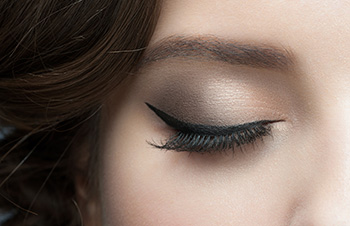Aesthetic Eyelid Surgery
Eyelid surgery (technically known as blepharoplasty) is the process of removing excess fat, muscle and skin tissue in the lower and upper eyelids and tightening the areas around the eyes that support these tissues. With this operation, sagging upper and lower eyelids, bagginess due to excess fat accumulation, and wrinkles around the eyes are corrected, and the aged, tired appearance of the person is replaced with a younger and vigorous appearance.
When to Have a Surgery?
Aesthetic eyelid surgery is generally needed after the age of 35 and has low surgical risks and striking aesthetic results. It can be performed on every physically and psychologically healthy individual. The risk of complications increases in people with thyroid gland problems, lacrimal glands problems, dry eyes, diabetes, high blood pressure and serious heart diseases.
Preparation for Surgery
It is important to plan the surgery beforehand. For this reason, your doctor should tell you about the surgery technique and inform you about what you should and should not do for the surgery. You should be informed about the effects of use of medication, smoking, alcohol, and some vitamins on surgery. In addition, you may be asked to have a preoperative eye function examination and to see an ophthalmologist, if necessary.
Surgery
Surgery can be performed under general or local anesthesia. Surgical incisions are made on the upper eyelid’s wrinkle line for the upper eyelid, and just 2-3 mm below the eyelashes or just below the eyelid for the lower eyelid. In addition, the operation can be performed through the lower eyelid in patients who do not have sagging skin and do not require any intervention in muscle and skin. These incisions can be made using traditional scalpel or laser. The patient is sent home on the same day or the next day, depending on the physical condition of the patient and the postoperative symptoms in the area of surgery.

